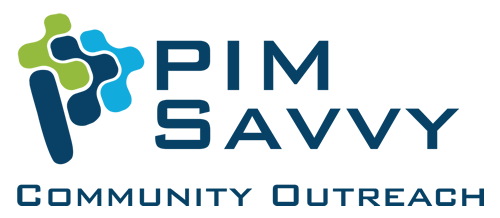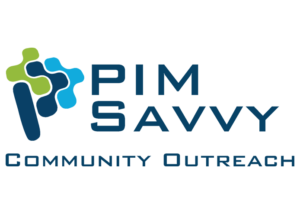Focus on Safety: Bloodborne Pathogens
Healthcare workers deal with many hazardous exposures at their worksite. Some of them require specific protection policies. One of the most important occupational exposures to prevent is infection from bloodborne pathogens, which are distinct from exposures to infectious respiratory pathogens such as COVID-19, Influenza, or the common cold.
What are bloodborne pathogens and why do we care about these? The answers to these questions are enormously important and emphasized by the Washington Department of Labor & Industries (L&I) in their bloodborne pathogens webpage and the PDF weblink for the Bloodborne Pathogens rule found at Chapter 296-823 of the Washington Administrative Code (WAC). The rule is 35 pages long – so this brief post will not be comprehensive, but will summarize highlights for healthcare workplaces. We won’t cover requirements for research laboratories and production facilities here. HIV (Human Immunodeficiency Virus) and Hep B (Hepatitis B) are two of the most critical infections to prevent; others are noted in the rule.
Healthcare businesses have a responsibility to plan ways to protect their employees from exposure to human blood or other potentially infectious materials such as human body fluids, organs, and tissue cultures. The rule requires businesses to:
Determine if employees have occupational exposure to blood or other potentially infectious materials (WAC 296-823-11005).
Develop and implement a written exposure control plan (WAC 296-823-11010). This plan must contain:
- The exposure determination.
- A procedure for evaluating the circumstances surrounding exposure incidents including the route of exposure and the circumstances under which the exposure happened.
- How and when you will implement the requirements of this rule.
- Document the infection control system used in the workplace.
- Use Universal Precautions or an equivalently effective infection control system.
- Solicit input regarding safer medical devices to prevent exposure and document this.
- Review and update the Exposure Control plan at least annually.
- Make the Exposure Control Plan accessible and provide a copy to any employee who requests one.
Additional requirements include:
- Training workers as detailed in and keep training records for three years (WAC 296-823-12005).
- Offering the Hepatitis B vaccination at no cost to employees with occupational exposure (WAC 296-823-13005).
- Eliminating or minimizing employee exposure to bloodborne pathogens by using safety devices and equipment (for example, needleless devices and/or sharps containers) in addition to safe work practices and procedures (for example, handwashing, prohibiting food or drink, maintaining clean workspace, handling waste properly, etc.) (WAC 296-823-14005 through WAC 296-823-14065).
- Use of appropriate personal protective equipment (PPE) such as gloves, gowns, masks, eye protection, and respirator devices (WAC 296-823-15005).
- Ensuring exposed employees have appropriate post-exposure evaluation and treatment. and keeping medical records pertaining to injuries that result from contaminated needles or sharps (WAC 296-823-16005 and WAC 296-823-17005).
At the end of the rule, businesses will find several pages of Helpful Tool resources, such as a training documentation form and sample Exposure Control Plan template. Additional bloodborne pathogen safety resources can be found by visiting the Biological Hazards section of the L&I website and searching by topic.
Do you have questions about safety, or anything else L&I related? PIM Savvy is ready to help you with these and other topics individually over the phone, via online meetings, or in person at one of our virtual workshops. We have safety and labor expertise to share with you and we can connect you with L&I. Call or text our workplace safety info line at 206-565-2961. Not only that, in partnership with L&I, these services are FREE to you!
Cheers!
PIM Savvy Inc.


